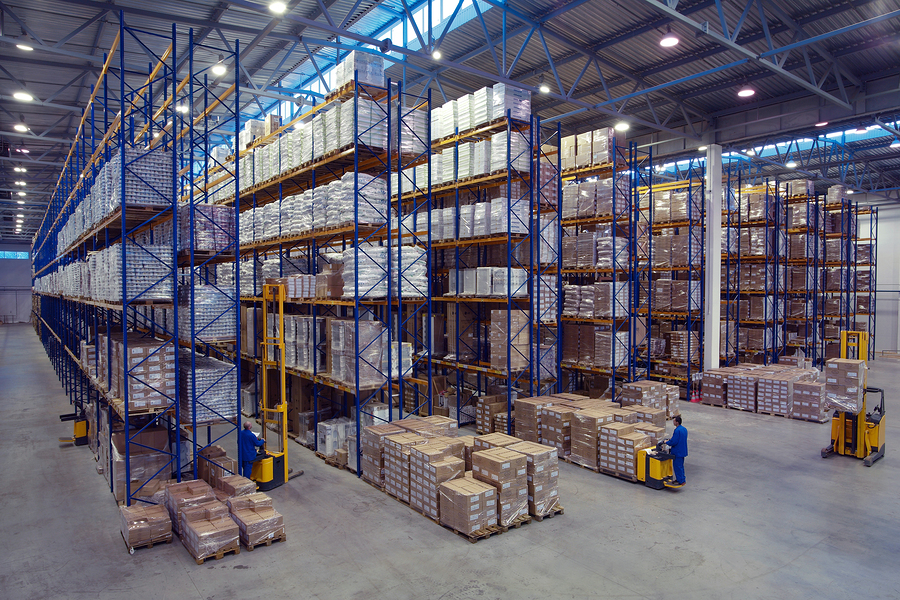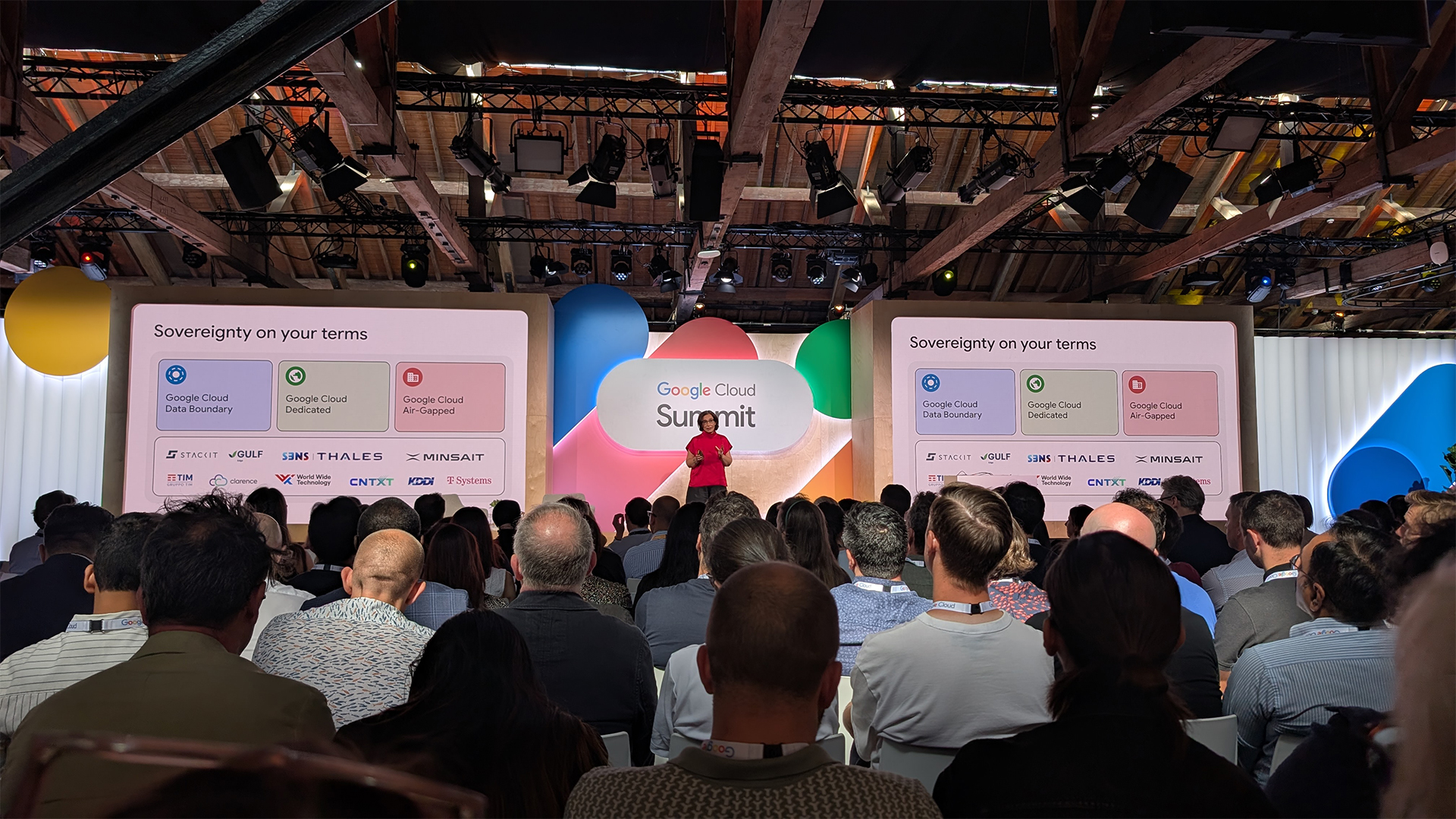Overcoming FUD: how to make cloud work for your supply chain
It's not easy moving your supply chain system to the cloud but it can be done and the benefits are enormous

"He's never early, he's always late,
First thing you learn is you always gotta wait,
I'm waiting for my man.”
Back in the day when Lou Reed and Velvet Underground sang Waiting For My Man, the dynamics of the drugs supply chain probably weren’t foremost in their minds even if the song did, to all intents and purposes, revolve completely around them. What the song did illustrate however was that, in this instance, the supplier was on to something of a winner with a product that the customer would come all the way uptown with twenty six dollars in his hand and wait for to be delivered by a man who was always late.
Anyone trying to get away with that in any other product category would surely end up bust and broken which just illustrates how vital a component the supply chain is in the success of any business or product line. In recent years, the pressures on the supply chain have intensified as manufacturing has been outsourced to different OEMs, often in the Far East, bringing added complexity to transport and logistics.
With so many companies being called on to provide different links in the overall supply chain for a product or service and engaging with it at different points, the pressure has grown on systems to be able to handle and interact with a diversity of suppliers or sub-suppliers. IT-based solutions have typically been deployed to make the supply chain more dynamic and to make engagement with the different links in the chain less complex.
In August 2010, research company Gartner published a survey entitled “Significant Benefits Realised With Supply Chain Management in the Cloud” which found 95 percent of those surveyed were either using or considering using cloud-based supply chain applications.
Sign up today and you will receive a free copy of our Future Focus 2025 report - the leading guidance on AI, cybersecurity and other IT challenges as per 700+ senior executives
Gartner found 52 percent were using cloud or SaaS for CRM, 44 percent for supply chain execution, 43 percent for supply chain planning, 43 percent for B2B/B2C e-commerce, 42 percent for ERP and 39 percent for sourcing and procurement. In all those areas, another third or so of respondents were evaluating using cloud-based or SaaS technology.
Partner ecosystem
The major focus was on partner applications that addressed the connectivity and collaboration requirements when processes were extended to "the trading partner ecosystem”. Gartner suggested this wasn’t surprising because companies had spent billions on internal financial ERP systems that were designed mainly to provide visibility internally.
One organisation told Gartner it was attracted to the cloud-based approach because it was "tired of the long installations of ERP and upgrades when other businesses are reaping value such as quicker time to productivity, greater ROI and lower costs”. That comment highlights the disruptive force cloud computing is expected to unleash on many areas of the business landscape including the supply chain.
For example, start up companies could disrupt the established landscape without significant investment in infrastructure, for example, and for new competitive threats to emerge to existing players. Product and service lifecycles will be shortened further, forcing companies with infrastructure-intensive supply chains, such as the organisation quoted by Gartner, to add cloud-based supply chain solutions to enhance their competitiveness.
Potential problem areas in using cloud computing in supply chain management are pretty much the same as they are for any area of the business. In a recent article, three Accenture supply chain specialists (Thomas Schramm, Sergio Nogueira and Derek Jones), suggested companies may have established sophisticated supply chain management systems to give them a competitive edge against competitors, but cloud computing relies on applications and processes that are not customised. It’s up to companies to decide how those cloud applications and processes can deliver.
Of course, cloud computing makes it easier for other companies involved in the supply chain to engage with different links in the chain and access systems without major upheaval to their own processes or additional costs to make them compatible. Sharing a common platform means there are no concerns a supplier may be providing access to its internal IT to a partner that could be a competitor tomorrow. Standardised applications and processes should also strip away much of the technical support and maintenance requirements associated with bespoke systems.
Again, though, there are potential pitfalls here because not many companies own or operate their entire supply chain internally, any decision about using cloud technology is likely to involve multiple partners.
The Accenture experts believe this could create “complexities and sensitivities between the participating organisations”. But it may also help remove some of the existing complexities in their current supply chain. Additionally, if those organisations engage with other businesses, it would make life a lot simpler and flexible if those engagements could take place using cloud-based systems.
Revolution
According to Accenture, adoption of cloud computing systems could "lead to a revolution in the way more supply chain services are provided” by supplanting the current contracted outsourcing model with more flexible, transaction-based models. This should lead to a model based on flexible collaboration rather than a more formal, rigid, top-down approach. The issue at the moment is how willing companies are to take this route and how quickly they do it.
Michael Higgins, senior vice president for information technology at Advanced Innovations, is someone who has already made the shift to the cloud. He believes anybody can do it “if they are willing to put the effort in and to overcome the typical FUD”. He says that while “easy” and “moving to the cloud” are not words to use in the same sentence, it can be done. And Advanced Innovations didn’t change its ERP system, it simply deployed it in the Amazon cloud.
Deploying to the cloud as its infrastructure of choice has definitely made access to the company’s systems “more robust and available to our partners”, enhancing its ability to sit between customers and the supply chain. It still uses the Oracle E-Business Suite but has written its own Web 2.0 web services based platform. Going with a Web 2.0 http platform has made it easier, for example, for a small transistor manufacturer in China with a laptop to deal with Advanced Innovations through a browser.
"Our philosophy is ‘if you can buy a book from Amazon.com, you can manage your supply chain with Advanced Innovations’,” he adds.
Higgins argues the cloud is a “brilliant platform on which to build standards”, adding that “the days of bespoke business processes are hopefully drawing to an end.” He believes the cloud could be a big advantage for tier two players. “Players like us are leading larger players into the next generation supply chain.”
If he’s right, many larger enterprises, to paraphrase Lou, are waiting for the cloud but it’s likely to be along a lot earlier than they think.
Advice points
Preparing for the cloud
- Decide which processes can be provided by a cloud-based supplier and which need to be retained inhouse
- Work to a detailed ROI and risk analysis with prospective suppliers to quantify anticipated benefits based on total cost of ownership
- Agree definitions for success: In addition to cost, include areas such as flexibility, scalability, speed to market
- Keep up to speed with developments in the cloud computing market
- Collaborate with supply chain partners and involve them in decision making
- Evaluate frequently to ensure the hoped for benefits are being achieved
Source: Accenture
-
 Google Cloud announces new data residency flexibility for UK firms, accelerator for regional startups
Google Cloud announces new data residency flexibility for UK firms, accelerator for regional startupsNews UK-specific controls and support for up and coming AI firms is central to Google Cloud’s UK strategy
-
 Workers are covering up cyber attacks for fear of reprisal – here’s why that’s a huge problem
Workers are covering up cyber attacks for fear of reprisal – here’s why that’s a huge problemNews More than one-third of office workers say they wouldn’t tell their cybersecurity team if they thought they had been the victim of a cyber attack.